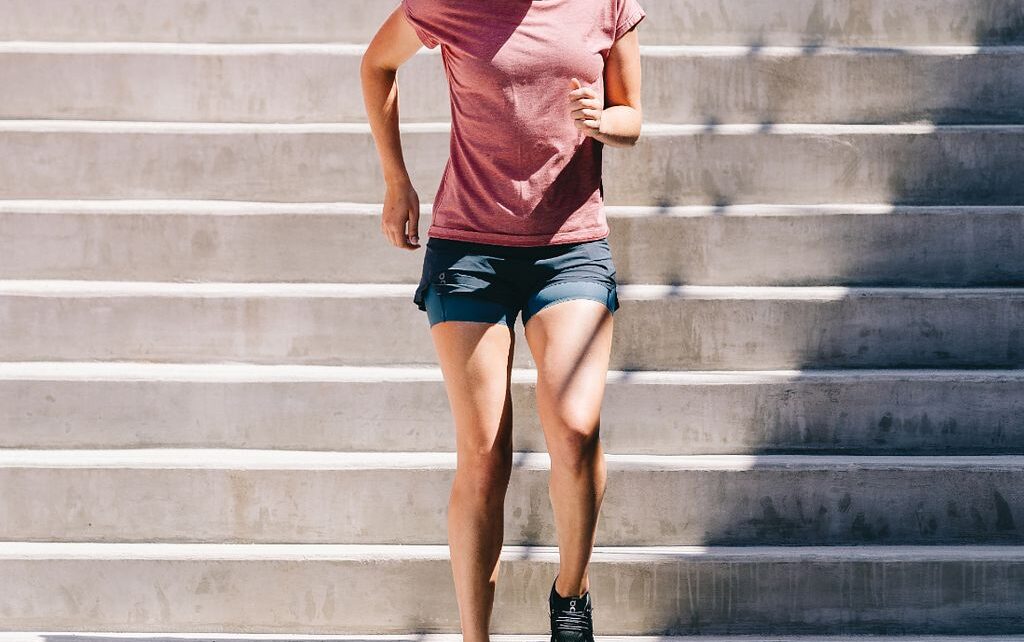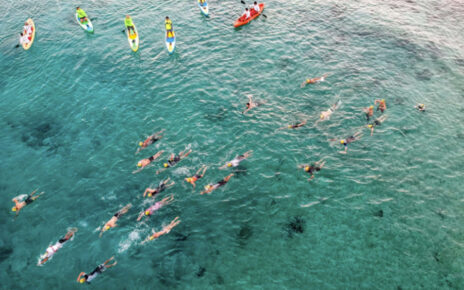The triple jump is an approach run, and three consecutive jumps, different from each other. The athlete hits the takeoff board with one foot on the first jump and must land on it. In the second jump, the foot that will take off is one, and the one that will take the fall is another.
The third jump is similar to the long jump, where the athlete pushes off with one foot and lands in the sandbox with both feet.
It has the following phases and the muscles used in each of them
Approach Phase
Identical to the one used in the long jump mentioned above, with the difference that, before reaching the impulsion board, the athlete does not emphasize lifting the body.
Boost Phase
At this moment, the athlete performs an extension of the hip joints (hamstrings and gluteus maximus in concentric action), the knee (quadriceps and sartorius acting concentrically), and the ankle (sural triceps concentrically activated) in the leg that is pushing, doing pressure on the impulsion board.
At the same time, the other leg is lifting with hip flexion (iliopsoas, rectus femoris), flexion, and abduction of the glenohumeral and elbows (anterior and medial deltoid, pectoralis major, biceps action).
First Jump Phase
In the first jump, the raised leg moves back, and the takeoff leg bends the knee forward and goes forward, stretching and preparing for the next takeoff. Arms move to help jump.
Second Jump Phase
The takeoff leg makes a touch to the ground and breaks the fall, followed by tremendous pressure on the ground, performing hip, knee, and ankle extension. In contrast, the free leg goes forward and upwards, raising the center of gravity, and the arms follow that impulse.
On the second flight, the arms will move backward (preparing for the next jump), and the leg’s knee that will sustain the fall will be extended.
Third Jump Phase
As the movement continues, the athlete extends the leg and swings the arms forward and upward, seeking to elevate the center of gravity. All power will be used in your jumping effort than in speed.
Fall Phase
Very similar to the long jump; however, the arms are at the sides of the body and not in front. Try to touch the ground as far as possible. So far, we have noticed that the muscles used in the modalities are very similar; that’s why athletics grouped them. But athletics athletes perform only in one style.
Despite not having a tradition in athletics, it is a sport that is easily accessible at universities, and in some schools, talents are discovered. Running, for example, can be practiced by anyone, and the number of adepts who seek this type of activity has grown.
Proper guidance and prevention of injuries, especially in the knee, are essential for the athlete’s success and audacious goals.





